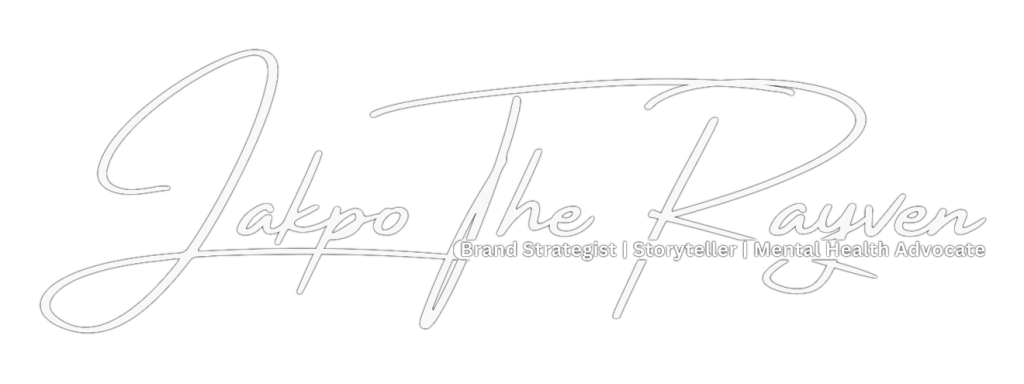In my work curating events and hosting podcasts, I’ve seen how storytelling spaces — stages, mic, casual conversations — can transform mental health from taboo into shared narrative. Here’s how brands, creators, and communicators can lean into this responsibly and powerfully.
- Make space for vulnerability
When guests or speakers get real — share mistakes, mental fatigue, moments of doubt — it humanises their journey. People connect not with perfection, but with honesty. A story about a brand founder’s burnout can matter more than one about profit margins. - Storytelling with intention
Always ask: What purpose does this conversation serve? Is it raising awareness, offering tools, changing perceptions, or simply starting conversation? That determines your tone, medium, and follow-up. A podcast episode is more powerful when paired with resources or a community discussion afterward. - Cross-platform consistency
An event where mental health is discussed becomes stronger when the podcast continues the conversation; blog posts expand on points raised; social media amplifies ask-me-anything or Q&A moments. The repetition helps break stigma. - Ensure safe, inclusive spaces
Representation matters — of gender, socio-economic background, age, culture. Invite voices that often go unheard. Also, clarify boundaries (content warnings, support resources) so that audience participation doesn’t become harmful. - Tap into cultural connectors
In Nigeria, music, storytelling, communal gatherings, shared food, fashion, festival moments, etc., play central roles in daily life. When mental health content is tied to those connectors — say, local music at an event, storytelling at a town hall — it feels less foreign, less medical, more human.



